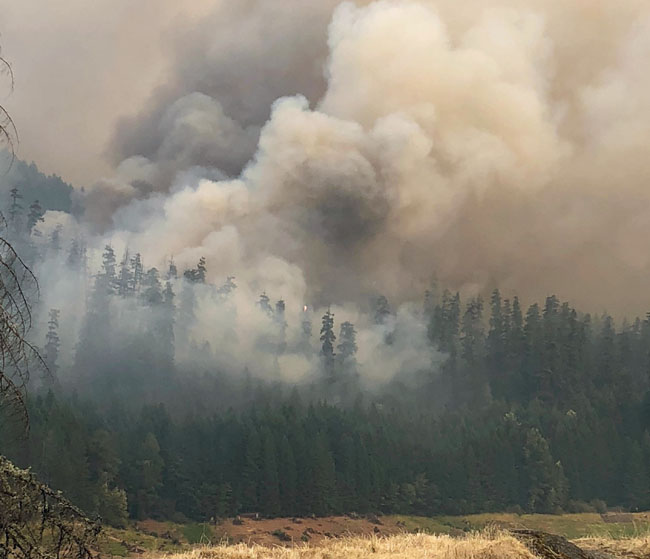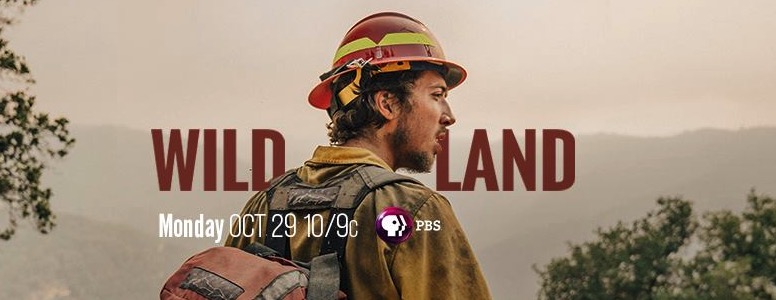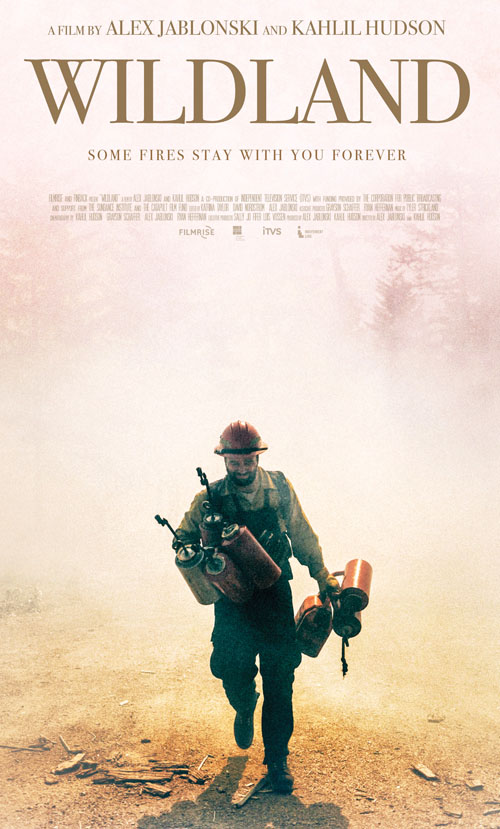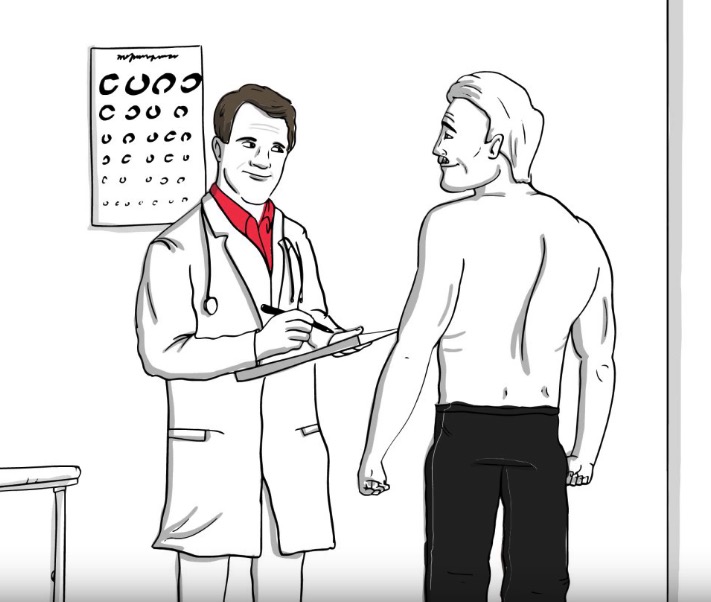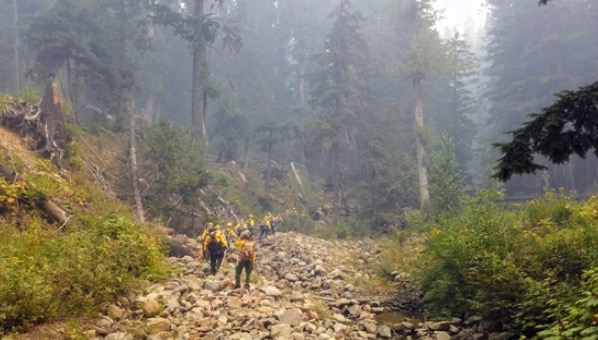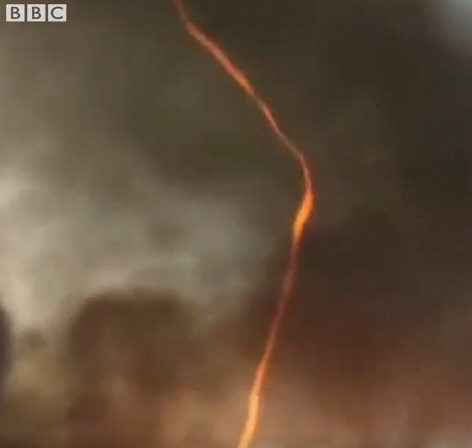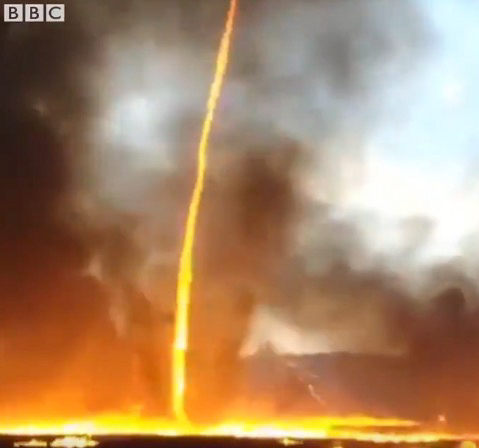
Last month when filmmakers Alex Jablonski and Kahlil Hudson first screened their new film about a crew of wildland firefighters at the Camden International Film Festival it was titled Young Men and Fire. (Yesterday we wrote about how the film was made.)
Wildland firefighters will recognize that name as the title of a book published in 1993 by Norman Maclean that told the story of the 13 firefighters, 12 of whom were smokejumpers, that died in Montana in 1949 on the Mann Gulch Fire. Not only is the book a classic of the American West and an excellent read (it won the National Book Critics Circle Award) it tells the story of a well known landmark in the history of wildland firefighting — a very meaningful and emotional event for some wildland firefighters.
It was the last book written by Norman Maclean, and was not quite finished when he passed away. His son, John N. Maclean, a former journalist, assisted in the final editing process. Since then, John has written five books about wildland fire including Fire on the Mountain and his latest, River of Fire.
Norman also wrote A River Runs Through It, which in 1992 was adapted for the big screen, directed and narrated by Robert Redford and starring Brad Pitt.
Since the Camden Film Festival, the name of the Young Men and Fire film changed to Wildland.
I reached out by email to John N. Maclean and asked for his thoughts about the name of the film. His response:
“I thought the use of Young Men and Fire as a movie title was a very bad idea. I did wonder how serious the filmmakers were, considering they had not contacted the University of Chicago Press, publisher of the book, or the family before deciding to use a famous title. (Alex has apologized for this.) I put a notice up on my Facebook page when I first learned what was afoot, and a rash of very negative comments flooded in. Alex and I then got in direct touch and he offered to change the title if I asked him to. I’d like to add that our exchanges were civil and respectful despite the considerable distress on both sides. At that point I bowed out and took down the Facebook posting. If they wanted to use the title and take the consequences on their heads, so be it. The decision to change the name was entirely the responsibility of the movie producers. I’m glad they did it, but I made no such demand.”
I asked Alex Jablonski, one of the co-directors and co-producers, about the name change. Below are my questions (in bold) and his responses, by email:
–Originally it was titled Young Men and Fire. The book of the same name and the deaths of the 13 firefighters in 1949 are part of a very meaningful and emotional subject among wildland firefighters. I assume when you selected that title you were familiar with the book by Norman Maclean. Why did you choose that title?
“I actually wrote about this when we were using that title so I’m going to put some of what I wrote here:
Obviously Maclean’s book is big for just about everyone in fire, and it’s an investigation into the deaths of [13 firefighters] in the
Mann Gulch fire in 1949. But, it is multi-layered and the book is many other things – an examination of the souls of young men, an attempt at understanding our own mortality, a story about covering the same ground over and over, searching for new answers to old questions, and an effort to understand fire in terms both scientific and theological.
“This is exactly what we felt we were doing in making this film. It was looking at this question of, what is this connection between young men trying to prove themselves and fire? How is it that the same draw that brought those smokejumpers to Mann Gulch seventy-years ago is just as powerful as the draw that finds our characters in training in Grants Pass, Oregon? How is it that young men come to this line of work and what changes within them when they confront something as elemental as fire?
“These are the same questions that Maclean was wrestling with, and while we’re asking them using a different medium and in a different time, they are still the same questions. And moreover, our entire approach to this film — the very way we set out to examine both the interior and exterior lives of our characters — is directly descended from the way Maclean wrote and how he saw the world.”
–Why did you change the title to Wildland?
“In short – we listened to people in the fire community. There were really two prongs of reaction to the original title. The first was from John Maclean (Norman’s son). He knew that we meant it to honor his father but we had not reached out to him before the film was announced – and that was a mistake on our part… People hold that book near and dear and people did not feel that it was honoring the book but taking something from it.
“The second reason was that a lot of women in the fire community felt that the title was exclusionary because of the number of women in wildland fire, and to have ‘men’ in the title, completely erased them. Our film is very much about men and masculinity and a certain type of camaraderie, but it didn’t sit well with me that the title had this impact on the women in the community. I can only imagine the kind of things that women in fire have had to deal with and I hated the idea that our title would be one more thing, one more moment where the felt they didn’t belong or weren’t part of this world. So given all that the decision was pretty clear. I think that the title Wildland is still evocative and still speaks to the uncultivated parts of us ourselves and the world.”
The television version of Wildland will be shown on the PBS television series Independent Lens October 29 at 10 p.m. ET. Check your local listings — not all stations will carry it at that time; I saw it scheduled for 3 a.m. October 30 in one city. The full-length feature film version will appear in a limited number of theaters beginning January 16, 2019. That website has instructions on how you can bring it to your city. Mr. Jablonski said all screenings will help raise money for the Wildland Firefighter Foundation, helping families of firefighters.

